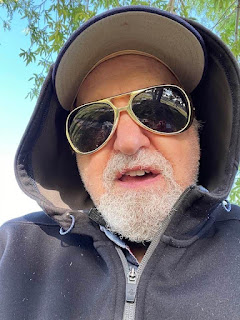Now that JazzTimes has come back again, this Overdue Ovation on Steve Tintweiss can be found on the magazine's website. If you viewed it in the space before, please check out the link, as the original text has been editorially tweaked and updated. Thanks.
More info on Inky DoT Media releases can be found here.




No comments:
Post a Comment